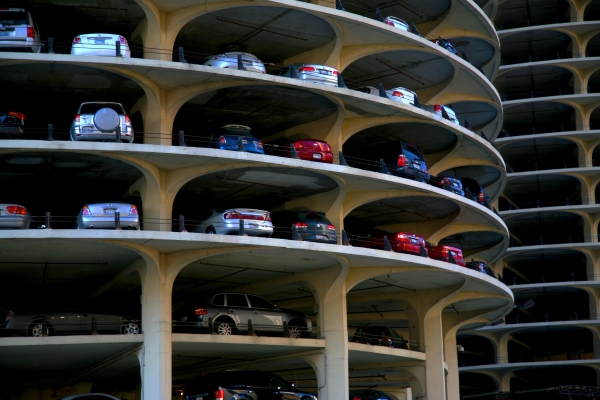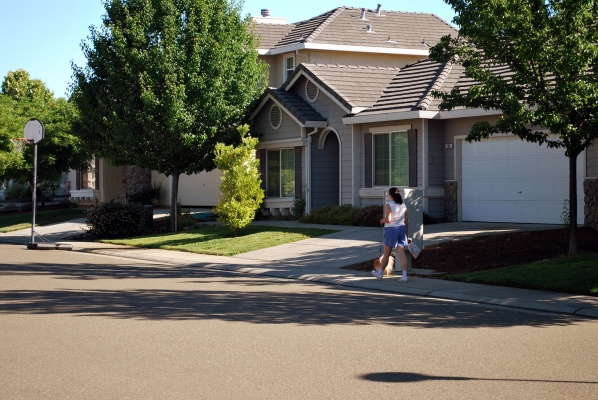For the third year, we're hosting our two-part data science course in Portland, OR. You can register for one part or the other– or attend both at a discount: Data Science Course, Part 1: Introduction to Scientific Computing for Planners, Engineers, and Scientists
Did you ever feel you are “drinking from a hose” with the amount of data you are attempting to analyze? Have you been frustrated with the tedious steps in your data processing and analysis process and thinking, “There’s gotta be a better way to do things”? Are you curious what the buzz of data science is about? If any of your answers are yes, then this course is for you.
Classes will all be hands-on sessions with lecture, discussions and labs. Participants can choose to sign up for one or both courses. For more information, download the syllabus (PDF). This course was developed as part of a NITC education project: Introduction to Scientific Computing for Planners, Engineers, and Scientists.
Agenda: Part Two - Intermediate Course
- Transforming, visualizing, and modeling data
- ...






